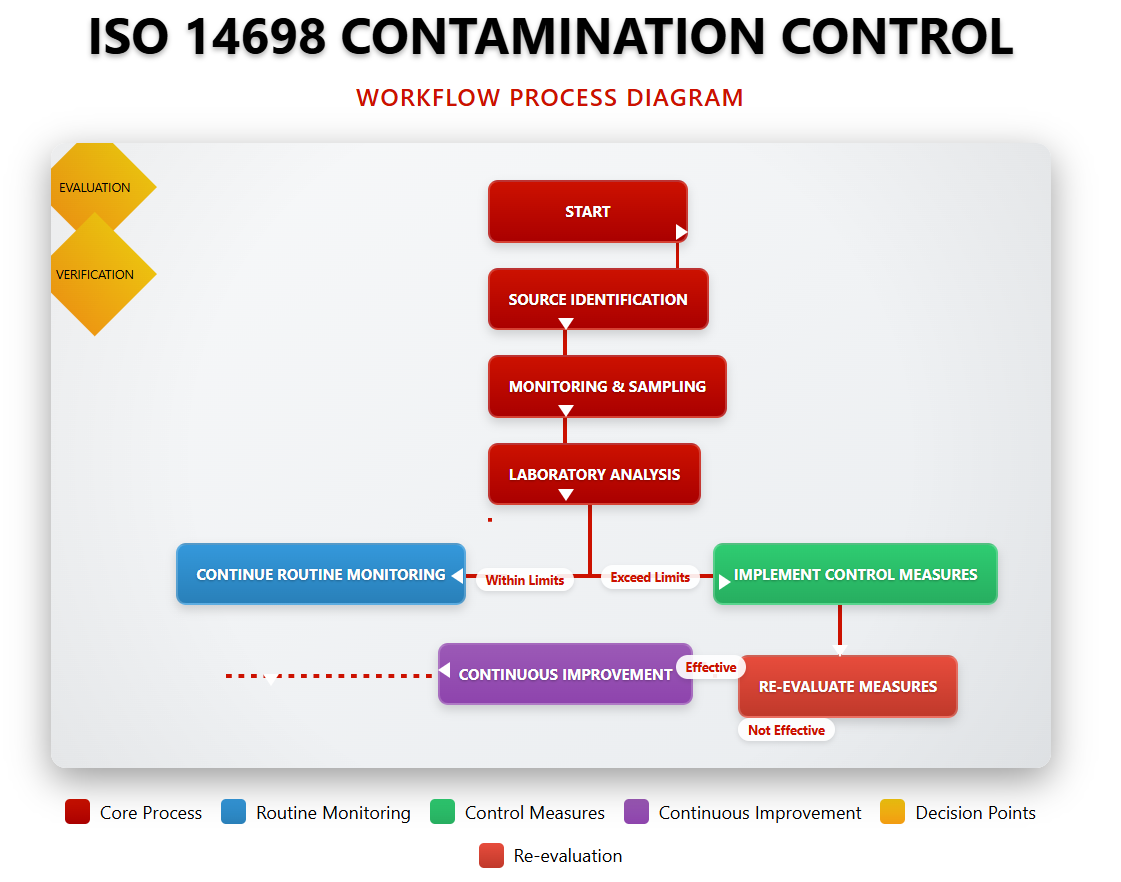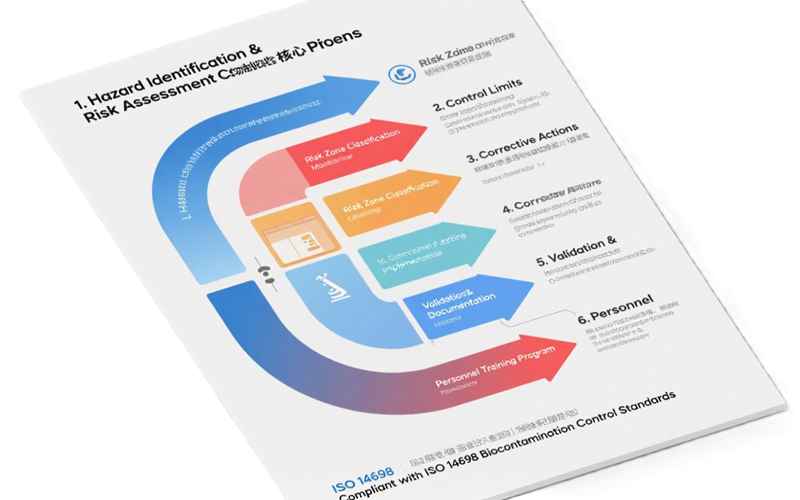Expert breakdown of international cleanroom standards for pharmaceutical and manufacturing facilities
Overview
This article examines the critical distinctions between ISO 14644 and ISO 14698, the foundational international standards governing CleanRoom Classification and contamination control. Learn how these standards shape design, validation, and ongoing monitoring for pharmaceutical, medical device, and high-tech manufacturing environments.
Q1: What is the primary difference between ISO 14644 and ISO 14698?
A: These standards address distinct aspects of cleanroom management:
- ISO 14644 Series: Focuses on cleanroom classification by airborne particle concentration, covering design, testing, and operation. Key parts include:
- iso 14644-1: Classification of air cleanliness
- iso 14644-2: Monitoring specifications
- ISO 14644-4: Design and construction
- ISO 14698 Series: Centers on contamination control, including microbial and chemical contamination. Core standards:
- ISO 14698-1: General principles
- ISO 14698-2: Evaluation and interpretation of biocontamination data
- ISO 14698-3: Control of chemical contamination

Q2: How does ISO 14644 define cleanroom classification?
A: ISO 14644-1 establishes classification based on airborne particle concentration at rest and in operation. Key criteria include:
Classification Levels
- ISO Class 1: ≤1 particle/m³ (0.1μm)
- ISO Class 5: ≤3,520 particles/m³ (0.5μm)
- ISO Class 8: ≤352,000,000 particles/m³ (5μm)
- 10 cleanliness classes from ISO 1 to ISO 9
Classification Methods
- Particle counting using laser airborne particle counters
- Required sampling locations based on room size
- Statistical analysis of particle concentration data
Classification must be validated under "at-rest" conditions (no personnel activity) and "in-operation" (normal operations).
Q3: What contamination control methods does ISO 14698 specify?
A: ISO 14698 adopts a risk-based approach to contamination control, addressing:
- Biocontamination Monitoring:
- Surface sampling (contact plates, swabs)
- Air sampling (settle plates, impaction samplers)
- Personnel gowning and glove sampling
- Chemical Contamination Control:
- Volatile organic compound (VOC) monitoring
- Cleaning agent residue testing
- Material outgassing assessment
- Risk Assessment:
- Hazard identification using FMEA (Failure Mode and Effects Analysis)
- Contamination source tracking and control measures
- Periodic review of contamination control strategies

Q4: How often should Cleanrooms be tested under these standards?
A: Testing frequencies vary based on classification and usage:
ISO 14644 Testing Schedule
| Cleanroom Class | Particle Count Testing | Airflow & Pressure Testing |
|---|---|---|
| ISO 1-5 | Daily (in-operation) | Weekly |
| ISO 6-8 | Weekly (in-operation) | Monthly |
ISO 14698 Testing Schedule
- Biocontamination: At least monthly for critical areas, quarterly for non-critical
- Chemical contamination: Semiannually or after process changes
- Risk assessment review: Annually or following facility modifications
Q5: How can facilities ensure compliance with both ISO standards?
A: Integrated compliance requires a systematic approach:
Validation Framework
1. Conduct design qualification (DQ) aligned with iso 14644-4
2. Perform operational qualification (OQ) for HVAC and controls
3. Complete performance qualification (PQ) for particle and contamination testing
Continuous Compliance
- Implement automated monitoring systems for real-time data collection
- Train staff on ISO 14644 classification and ISO 14698 contamination control
- Engage third-party auditors for periodic compliance verification
By integrating ISO 14644's classification framework with ISO 14698's contamination control strategies, facilities can maintain rigorous environmental control while meeting international regulatory expectations.
Need CleanRoom Validation Support?
Our team of Cleanroom engineering experts specializes in ISO 14644 and ISO 14698 compliance. Contact us for customized solutions:
 +86 18186671616
+86 18186671616 Jason@cleanroomequips.com
Jason@cleanroomequips.com
 MENU
MENU



